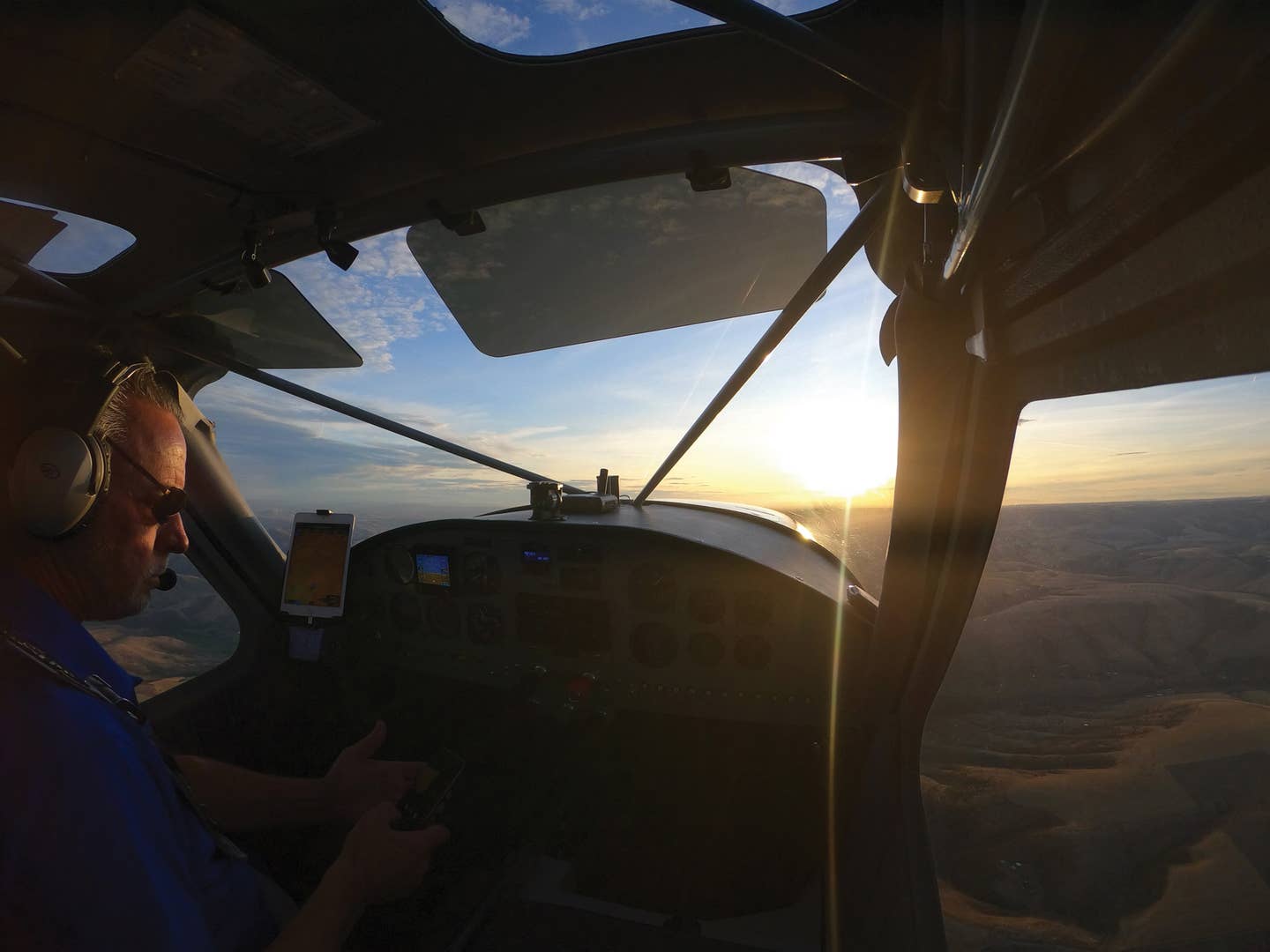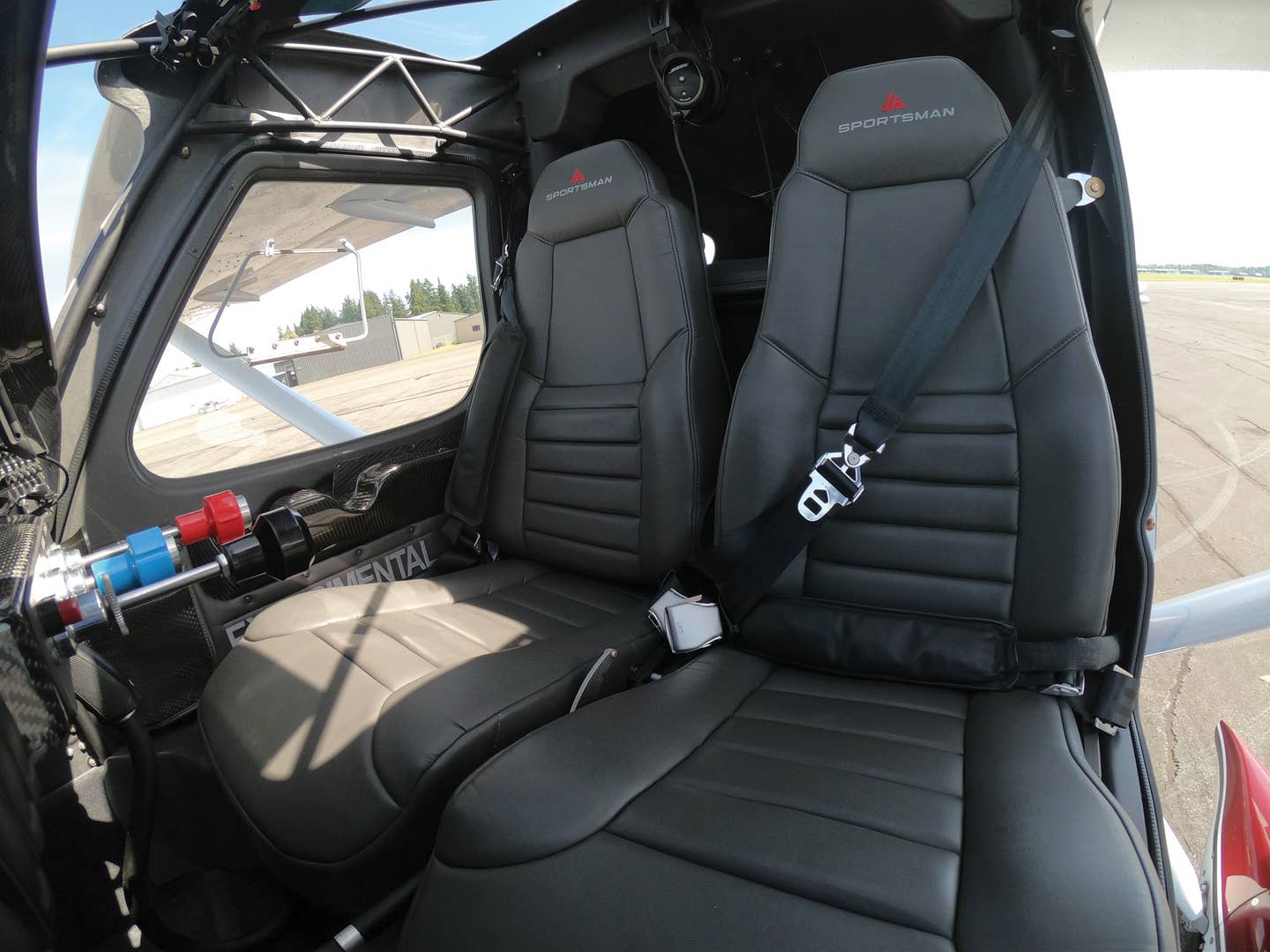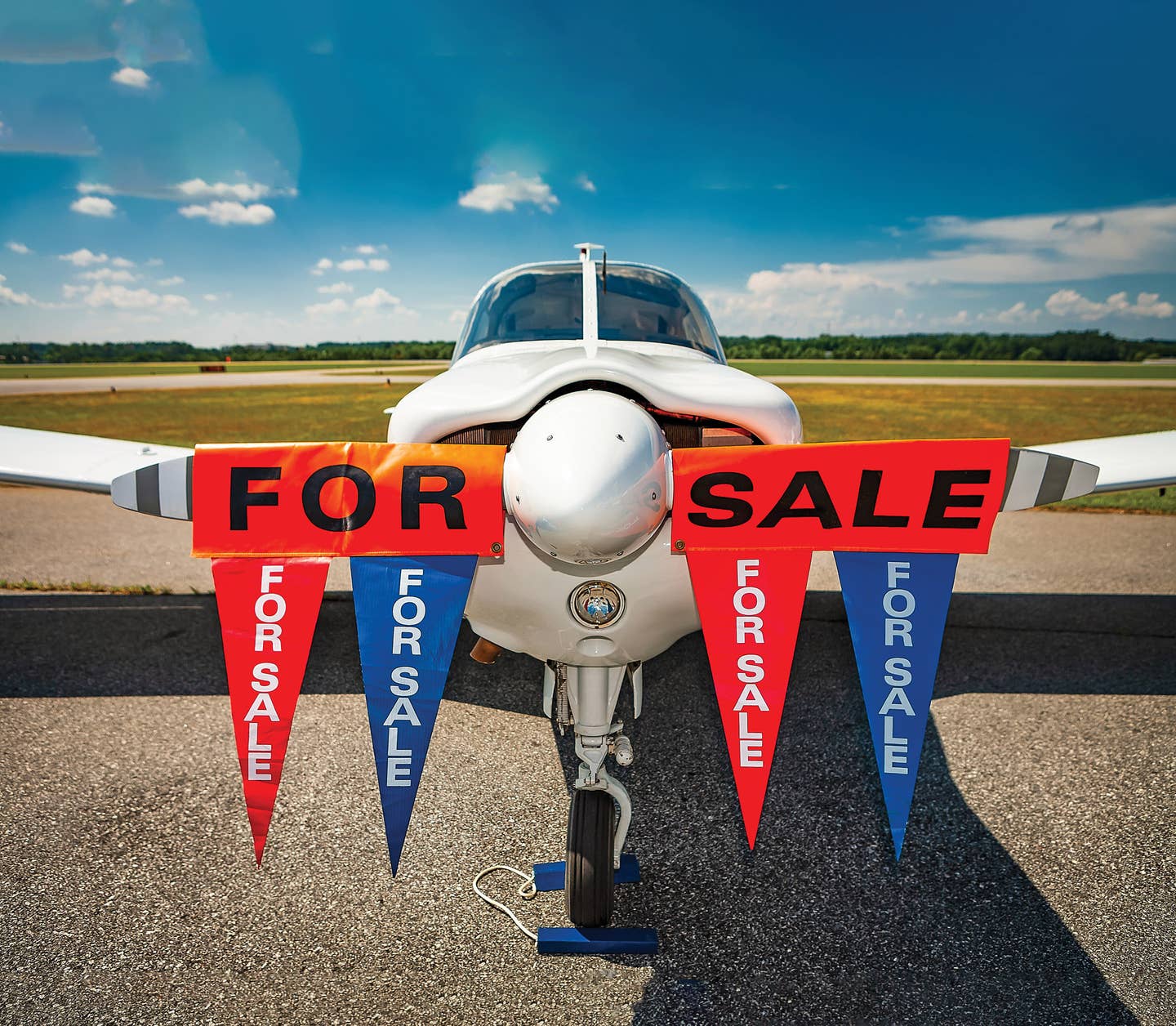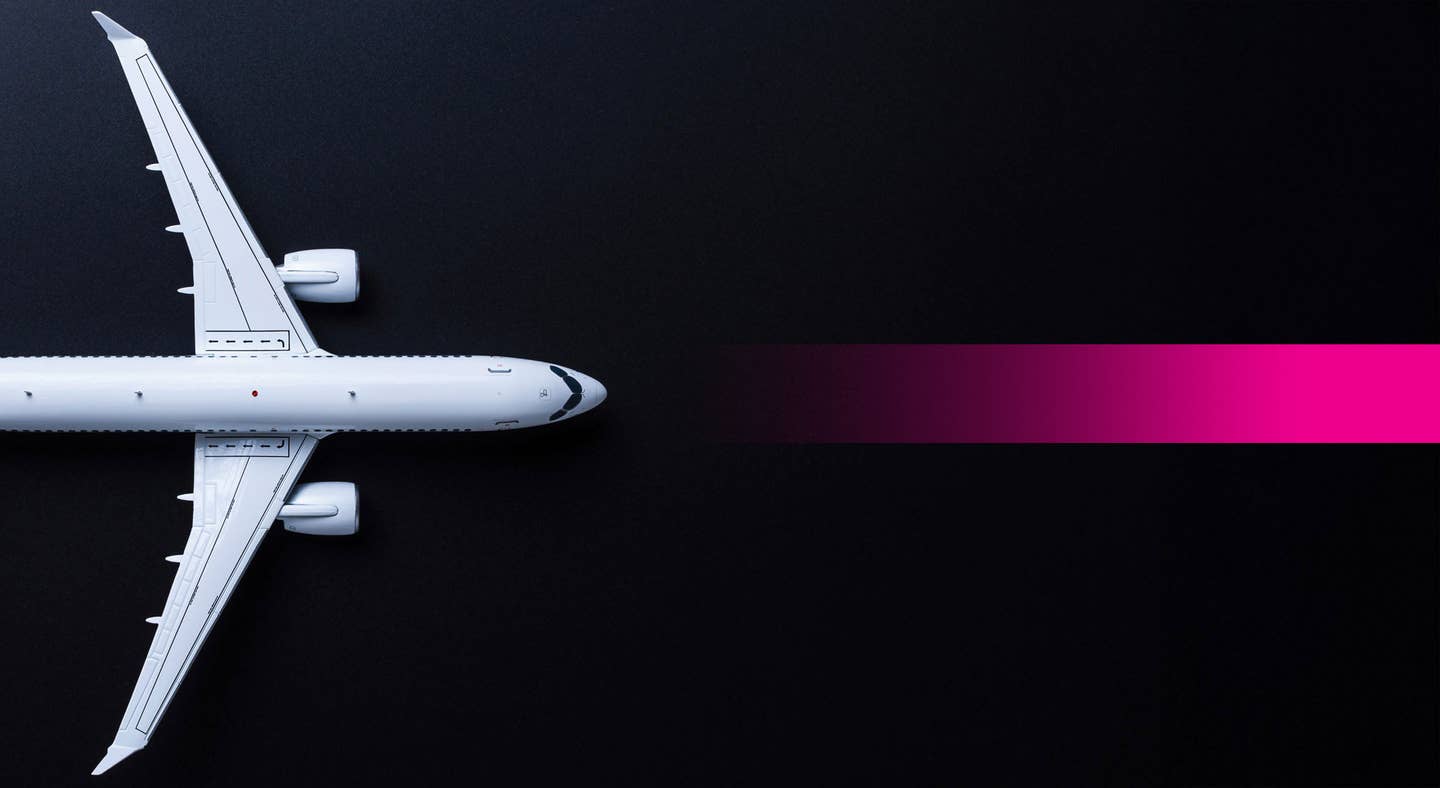The Day Of The Personal Jet
No one can guess if the personal jet market will be as robust as many entrepreneurs think, but here’s a look at the current and projected crop of contenders
 It's a new world. VLJs and personal jets are on their way. Despite naysayer predictions, Eclipse Aviation is actively marketing its model 500 twin jet, with more than 100 aircraft completed and 50 delivered (as of mid-February), and there are at least another 10 models of small jets set to debut in the next three years.
It's a new world. VLJs and personal jets are on their way. Despite naysayer predictions, Eclipse Aviation is actively marketing its model 500 twin jet, with more than 100 aircraft completed and 50 delivered (as of mid-February), and there are at least another 10 models of small jets set to debut in the next three years.
Failure of the Maverick and, more recently, the ATG Javelin and Adam jets, hasn't damped what appears to be a more vigorous market for mini jets than anyone could have predicted a few years ago. Major manufacturers like Cessna, Piper, Embraer (of Brazil), Diamond, Cirrus and even Honda have joined upstart Eclipse in lending credibility to VLJs, creating a whole new market segment where none existed before. Some of the new-generation jets, specifically the Embraer Phenom 100, HondaJet and Cessna Mustang, will probably qualify as light jets rather than VLJs.
Notably, many of the new turbine aircraft will be singles rather than twins. The trend away from multi-engine airplanes has been progressive. Between 1962 and 1987, a significant 16% of all general aviation airplanes sold were multis. Piper, in particular, was a leader in twin production, with nearly a dozen different models. Today, only 3.5% of current production airplanes are twins.
In the turbine arena, buyers have progressively embraced single-engine models to the extent that today's singles are actually outstripping twin-turboprop sales. In 1995, only 41% of turboprops were singles. By 2006, turbine singles were commanding 62% of the propjet market.
That's partially in recognition of the near-bulletproof reliability of turbine engines. Williams International, for example, one of the up-and-coming manufacturers of light jet powerplants (for Beech Premier, Cessna CJ1/2/3 and Mustang, Swearingen SJ30-2 and others), has realized an impressive in-flight failure rate of only 1.54 per 100,000 hours of operation. That's all the more phenomenal when you consider that most of those were precautionary shutdowns in multi-engine aircraft.
Before you can even consider discussing the present and the future of personal jets, it's important to define the term. As the name implies, a personal jet is generally regarded as smaller than a VLJ. Though "personal" might allude to a one- or two-seater, there are essentially no single-/two-seat jets aimed at this market available or on the drawing boards. The semi-military configuration Javelin was planned as a super sporty, two-seat aerobatic hot rod, but that project recently died, and it would hardly have been an entry-level airplane anyway.
In fact, defining a personal jet is a fairly daunting task. Virtually every published parameter varies widely: four to seven seats, 300 to 360 knots, cruise between 25,000 and 41,000 feet, prices between $1 million and $2.3 million. This makes it nearly impossible to pin down the type.
For that reason, we've confined this analysis to new (or proposed), production, single-engine pure jet with more than two seats. Most of these aircraft are intended for the owner-flown market, rather than charter, as insurance requirements can adversely restrict some affluent clients from riding in singles for hire, even if they're jets. Similarly, charter operators typically fly with two pilots. That means a long mission profile may limit passenger load and demand extravagant seat prices.
At this writing, there are five airplanes that fall into our artificial class of personal jets: the yet-to-fly PiperJet, Cirrus' "the-jet," the Diamond D-JET, possibly the Eclipse Concept Jet and the upstart Epic Victory (it's still at the proof-of-concept stage).
What follows is a thumbnail sketch of each model. (Obviously, all pricing, delivery dates and performance information is preliminary and subject to change.)
 Eclipse Concept Jet
Eclipse Concept Jet
The ECJ is still something of an X-factor, despite having flown into last year's AirVenture as a "proof of concept" (POC) airplane. Eclipse's Vern Raburn is still heavily involved in developing the Eclipse 500 twin jet, the airplane that almost single-handedly created the light jet movement. It might seem unlikely for Eclipse to be pursuing another new design so soon, but Raburn is nothing if not an enthusiastic optimist, and the ECJ is proof of that.
A 22% model of the airplane was flight-tested in the wind tunnel at Texas A&M, and the full-sized POC was developed under contract by Swift Engineering in San Clemente, Calif., as the Swift 400, a ploy to keep Internet surfers from discovering its true lineage. In total, the ECJ went from concept to first flight in less than 200 days.
 It's only logical that the single-engine ECJ borrows heavily from the Eclipse 500, with nearly 70% parts commonality, including the nose, complete wing assembly and the Avio integrated avionics system. The POC airplane is flying with a P&W PW615 engine, rated for only 990 pounds of thrust, a little underpowered for a 4,500-pound airplane. Thrust will probably be upgraded to 1,300 to 1,400 pounds if Eclipse elects to proceed with the project. The P&W exhausts between the large V-tail, with ruddervators angled up 35 degrees from horizontal.
It's only logical that the single-engine ECJ borrows heavily from the Eclipse 500, with nearly 70% parts commonality, including the nose, complete wing assembly and the Avio integrated avionics system. The POC airplane is flying with a P&W PW615 engine, rated for only 990 pounds of thrust, a little underpowered for a 4,500-pound airplane. Thrust will probably be upgraded to 1,300 to 1,400 pounds if Eclipse elects to proceed with the project. The P&W exhausts between the large V-tail, with ruddervators angled up 35 degrees from horizontal.
As Raburn commented at the introduction in Oshkosh, "This is a dedicated four- to five-place airplane, an aeronautical equivalent of an Infiniti G35 or a BMW 3 Series automobile. We feel this is a sweet spot in the marketplace that hasn't yet been turbinized." For that reason, the fuselage is two feet shorter than the company's 500 model. Wingspan is also two feet narrower than in the twin.
 Gross weight has been tentatively pegged at 4,480 pounds and empty weight at 2,480, so useful load should be around 2,000 pounds. With 1,260 pounds of fuel aboard, this should leave about 740 pounds for payload.
Gross weight has been tentatively pegged at 4,480 pounds and empty weight at 2,480, so useful load should be around 2,000 pounds. With 1,260 pounds of fuel aboard, this should leave about 740 pounds for payload.
Cruise is estimated at 345 knots, max altitude is 41,000 feet and stall will be 61 knots. If Eclipse elects to pursue certification of the ECJ, Raburn hopes to market it "near the $1 million mark," probably in 2006 dollars.
PiperJet
Piper introduced the mockup of its PiperJet at last year's NBAA Convention, and it was one of the show's hits. Piper's entry will be an all-metal airplane, one of the largest and certainly the most powerful of the singles. It will mount a Williams FJ44 engine with a presumable 2,400 pounds of thrust.
 The big Williams will be mounted in the tail, DC-10-style, about a third of the way up the vertical stabilizer. This should prevent engine/wing or engine/fuselage interference, allowing the FJ44 to ingest clean, unobstructed air. Piper says engineering analysis suggests that high angles of attack, short of aerobatic, shouldn't present problems with air intake.
The big Williams will be mounted in the tail, DC-10-style, about a third of the way up the vertical stabilizer. This should prevent engine/wing or engine/fuselage interference, allowing the FJ44 to ingest clean, unobstructed air. Piper says engineering analysis suggests that high angles of attack, short of aerobatic, shouldn't present problems with air intake.
To offset the pitch change associated with power adjustments on such a high thrust line (more power will pitch the nose down and less power will pitch it up), Piper plans to install what it's calling the "Piper Automatic Thrust System." This will link pitch trim directly to thrust and will automatically correct elevator trim as power is added or reduced.
Turbine engines spin at up to 41,000 rpm, and to quell fears of catastrophic rotor bursts that might sever control, electrical or hydraulic lines (remember the United DC-10 in Sioux City?), Piper will encase the Williams engine in a double-thick protective shield and overbuild all surrounding tail structures to provide strength and redundancy.
Such a rearward engine position also necessitates an unusual aft wing installation. Crew and passengers will enter through the huge, three-foot-wide door; most people will ride forward of the natural laminar flow wing. The fuselage is a variation on the Mirage/Meridian cabin, stretched four feet to accommodate up to seven folks in a 2/1/2/2 arrangement. The current payload target is 800 pounds with full fuel.
With a 35,000-foot max operating altitude, pressurization will need to be 7.5 psi to keep everyone breathing normally. The airplane's performance should assure that no one will sit for long, as cruise is projected at 360 knots, and NBAA range with reserve is alleged to be 1,300 nm, roughly halfway across North America.
Piper hopes to fly a POC airplane before the end of 2008 and to deliver the first production example in early 2010. The projected price will be $2.2 million (in 2006 dollars).
Cirrus "The-Jet"
Alan and Dale Klapmeier have always gone their own way, and "the-jet" is a definite departure from most of the competition. Loosely derived from their pioneering work with Jeff Viken on the VK-30 pusher in the late '80s, the new Cirrus will emphasize comfort, just like the SR20 and SR22.
Cirrus' world-beater piston singles emulated BMW 5 Series interiors to provide max comfort with good performance, and the Klapmeiers hope to once again maximize the auto-to-airplane interface in "the-jet." Seating will be for seven in a 2/2/3 configuration with what appears to be a notably wider fuselage than appears in the competition.
The aircraft will mount its engine on the top fuselage centerline, with exhaust exiting between a V-tail. The Williams FJ33-4A-19 fanjet is roughly 80% of an FJ44 and will deliver 1,440 pounds of thrust, providing a 300-knot max cruise at 25,000 feet. Pressurization demands should be moderate, only about 5.5 psi, and operating at FL250 and below will allow "the-jet" to avoid the expense of RVSM certification.
Alan Klapmeier doesn't like to make promises he can't keep, so he's playing "the-jet" close to the vest. Still, he suggests the airplane should climb at an initial 2,000 fpm and offer a 1,000 nm range with a medium load. The wide-span, long-chord Fowler flaps should make easy work of short, piston aircraft runways.
Target price is, once again, $1 million (in 2006 dollars), and first deliveries are planned for 2009.
 Diamond D-JET
Diamond D-JET
Diamond's D-JET premiered at Oshkosh in 2006, and the company has been aggressively pursuing development ever since. CEO Christian Dries says Diamond has received 300 deposits for the D-JET and was given a $19.6 million investment from the Canadian government for research and development.
The D-JET is configured for four to five seats and tentatively priced just under $1.4 million. It's comparable to the Cirrus in mission profile. Diamond recently upgraded the D-JET's powerplant to the higher-powered Williams FJ33-4A-19, generating 1,900 pounds of nominal thrust. This engine incorporates several technical advantages over the previous engine, including better bleed air handling and improved specific fuel consumption. Unlike all the other personal jets, the D-JET's engine uses dual blended inlets just above the wings and exhausts beneath the fuselage. The D-JET is intended for operation at 25,000 feet or less and will offer a max cruise of 315 knots.
Diamond recognizes that many pilots will prefer more realistic cruise numbers in exchange for lower fuel consumption and longer range, and at 250 knots, the airplane will offer 1,350 nm between fuel stops. Diamond is planning for a 5,110-pound gross and an 880-pound payload with full fuel.
Diamond hopes to begin deliveries by late 2008. If the company meets that schedule, the D-JET will be the first personal jet to come to market.
Epic Victory
The Epic Victory is the wild card of the group, a variation on a theme by the enterprising Rick Schrameck. It's currently offered only as a homebuilt, but it may become available as a certified production airplane. If Schrameck pursues certification, he'll do so initially in Calgary, Canada, at the Canadian Center for Aircraft Certification, then probably produce the airplane at Epic's factory in Bend, Ore.
The prototype has been flying with a P&W 600 turbofan mounted atop the aft fuselage, but finished airplanes will probably operate in front of Williams engines similar to ones used on the D-JET and "the-jet." Like those airplanes, the all-carbon-fiber Victory will be certified below the RVSM minimum altitude, in this case, at 28,000 feet.
Pressurization differential is planned for 6.5 psi, which should provide a 9,000-foot cabin at 28,000 feet. Interior dimensions are 56 inches across by 53 inches tall, which should be plenty of room for almost anyone.
Gross weight is 5,500 pounds against an empty weight of 2,700 pounds. In keeping with Epic's catch phrase ("Fill the tanks, go the distance, leave nothing behind"), the Victory sports a 900-pound full fuel payload, enough to handle five people plus small baggage or four with burglar tools. Full fuel is estimated to provide a 1,200 nm range.
Schrameck has set max cruise at 320 knots with an economy setting of 250 knots, so the Victory should perform in the middle of the personal jet class. If it's certified, the Victory may be available as early as the third quarter of 2009. Answer to the big question? Probably about $1.4 million.
Turboprop Alternatives
If you're determined to buy an airplane with something out front to pull it through the sky (rather than push it from the rear), there are several turboprop singles that offer performance nearly equal to that of the personal jets. The TBM 850 carries six in a luxurious cabin at roughly the same speeds as some of the entry-level jets, and the Piper Meridian, Pilatus PC-12 and Czech Ibis Ae270 are only slightly off the pace. In other words, for the pilot/owner with $1 million to $2.5 million to spend, the options are about to become practically unlimited.
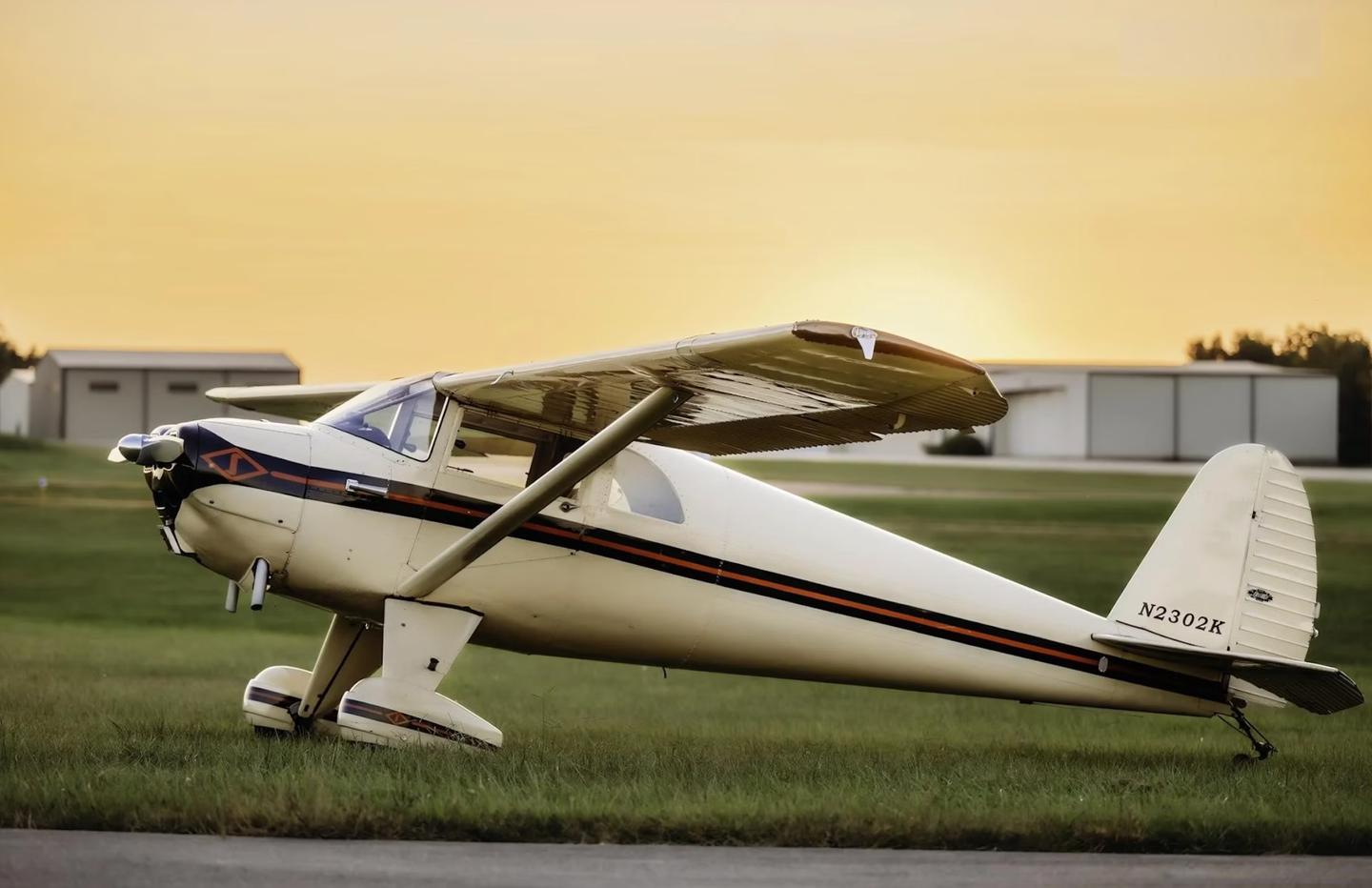
Subscribe to Our Newsletter
Get the latest Plane & Pilot Magazine stories delivered directly to your inbox

